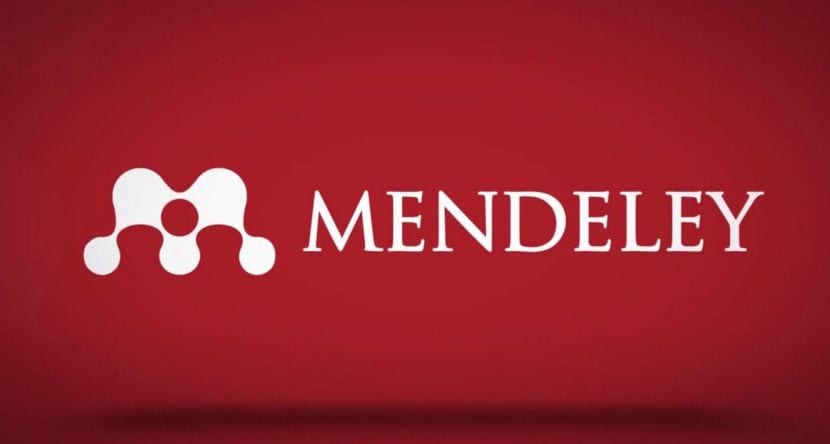ANALISIS TINGKAT KEBISINGAN DI KAMAR MESIN DAN RUANG AKOMODASI PADA KAPAL MT SUCHAO
DOI:
https://doi.org/10.36499/mim.v21i2.10836Keywords:
Kebisingan, Kamar Mesin, Auxiliary Engine, Peredaman.Abstract
Kebisingan dapat didefinisikan sebagai suara ataupun bunyi yang bisa mengganggu kenyamanan dan kesehatan serta dapat mengakibatkan ketulian. Kebisingan yang terjadi secara terus menerus dengan intensitas yang tinggi secara tidak sadar dapat berpengaruh terhadap kesehatan Anak Buah Kapal (ABK) yang sedang bertugas dikapal. Gangguan kesehatan dapat terjadi karena para ABK dituntut untuk berada pada kamar mesin kapal yang dapat berlangsung sangat lama sesuai dengan rute dari pelayaran kapal tersebut. Penelitian ini bertujuan untuk mengetahui menganalisa kebisingan yang terdapat di kamar mesin serta ruang akomodasi pada kapal penyeberangan. Teknik analisis data yang digunakan pada penelitian ini adalah pengukuran kebisingan dan analisa data hasil pengukuranReferences
ABS. 2013. Guide For Crew Habitability On Workboats. New York.
Barber. 1992. Handbook of Noise and Vibration Control . Elsevier Advanced Technology. UK.
Fahy. FJ and Walker. 1998. J G Fundamental of Noise and Vibration. E&FN Spon London.
Jumali. 2013. Prevalensi dan Faktor Resiko Tuli Akibat Bising pada Operator Mesin Kapal Feri. Jurusan Kesehatan Masyarakat. Volume 7 No 12.
Harianto, E dan Pratomo, H. 2013. Pajanan Kebisingan dan Hipertensi di Kalangan Pekerja Pelabuhan. Kesmas: National Public Health Journal, 8(5).
Hendrawan, Andi. Kebisingan di Kapal KN Parajapati. Majalah Ilmiah Bahari Jogja Vol 18 No 2 Juli 2020.
Hendrawan, A. 2019. Analisa Indikator Keselamatan Pelayaran Pada Kapal Niaga. Jurnal Saintara. 3 (2).
Huboyo. 2008. Buku Ajar Pengendalian Bising dan Bau. Teknik Lingkungan. Universitas Diponegoro Semarang.
Jokosisworo. 2006. Standar Kebisingan Suara di Kapal. Teknik Perkapalan. Fakultas Teknik. Universitas Diponegoro Semarang.
Kellet, P, Turan, and Incecik, A. 2013. A Study of Numerical Ship Underwater Noise Prediction. Ocean Engineering. Elsevier.

Downloads
Published
How to Cite
Issue
Section
License

This work is licensed under a Creative Commons Attribution 4.0 International License.
Authors who publish with this journal agree to the following terms:
The journal allow the authors to hold the copyright without restrictions and allow the authors to retain publishing rights without restrictions.
Authors retain copyright and grant the journal right of first publication with the work simultaneously licensed under a Creative Commons Attribution License that allows others to share the work with an acknowledgement of the work's authorship and initial publication in this journal.
Authors are able to enter into separate, additional contractual arrangements for the non-exclusive distribution of the journal's published version of the work (e.g., post it to an institutional repository or publish it in a book), with an acknowledgement of its initial publication in this journal.
Authors are permitted and encouraged to post their work online (e.g., in institutional repositories or on their website) prior to and during the submission process, as it can lead to productive exchanges, as well as earlier and greater citation of published work (See The Effect of Open Access).

This work is licensed under a Creative Commons Attribution 4.0 International License.








